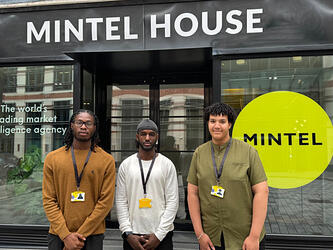Tricks to improve response online (and offline)
The second day of the IWIS09 Internet Workshop in South Korea focused on practical measures and finding in improving response in online surveys (following on from Some Korean insights into MR and Online is the future for national statistics).
Jan Zajac (University of Warsaw) overviewed factors which can drive participation rates in online surveys, both to boost them and, in some cases, diminish them too. His own experiments, carried out in Poland, optimising email survey invitations to boost response found that including a picture of ‘the researcher’ made a surprisingly large improvement to response. Less surprisingly, pretty, young and female researchers seem best in pulling in the respondents – though not only from males but females too.
Pat Converse (Florida Institute of Technology) revisited Dillman’s Tailored Design Method to see the differences in response rates to in mixed-mode paper and web surveys, and the extent combining both best improves response. It seems paper is far from dead. His analysis across a wide range of published survey results results seem to show that a 34% response rate is about middling for Internet only surveys whereas mail surveys still typically achieve a 45% response. In his experiment, he looked at how effective using a second mode to follow up non-response at the first mode can be – and clearly it will improve response. Surprisingly, the greatest improvement was in following up a web survey invitation that had got nowhere, with an approach by mail: almost 50% of those approached responded, taking overall response to 72%. The best response came from mail first with web as the fall-back, though this is likely to be the most costly, per interview. Web first, with a switch to mail could hit the sweet spot in terms of cost, when a high response really matters – such as for a low incidence sample.
As an event, these two days have effectively provided a cross-section of the state of current knowledge and inquiry into Internet research. There was talk of making the papers and presentations available, and if so, I’ll provide a link here.

We hope you enjoyed this article.
Research Live is published by MRS.
The Market Research Society (MRS) exists to promote and protect the research sector, showcasing how research delivers impact for businesses and government.
Members of MRS enjoy many benefits including tailoured policy guidance, discounts on training and conferences, and access to member-only content.
For example, there's an archive of winning case studies from over a decade of MRS Awards.
Find out more about the benefits of joining MRS here.













1 Comment
Charles Pearson
16 years ago
There is also a lot of research going back several years ago where SMS (text) has been used as a reminder to an email survey invitation, this was very effective in improving response rates for all segments especially younger males. If interested in more details regarding this research, you can contact me at charles@easyinsites.com
Like Reply Report